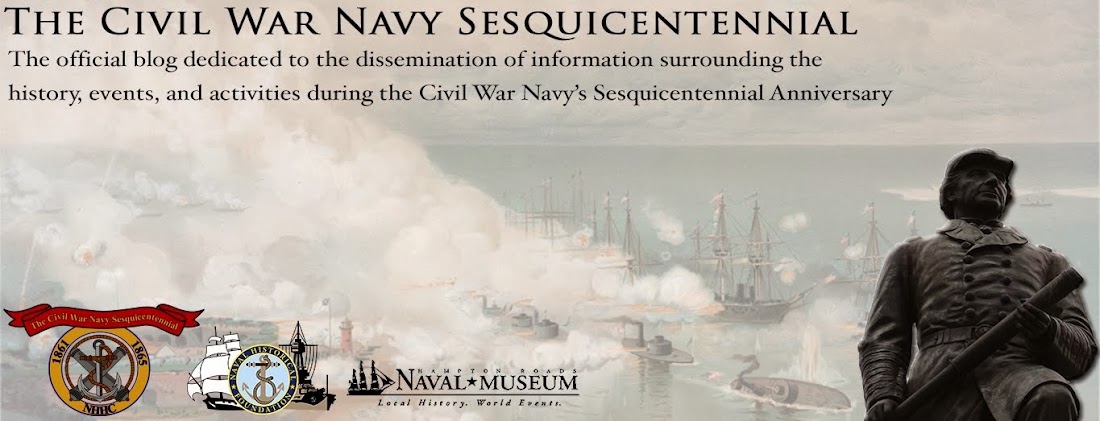 |
| Lieutenant Charles Read, CSN |
Throughout the Spring and Summer of 1863, the cruiser CSS Florida continued to have success in locating and destroying U.S.-flagged merchant ships. After the capture of the Jacob Bell in March, John Maffitt and Florida captured several more ships along the East Coast, including the converted whaling ship Onedia on its way home to New Beford, MA from China. Between the combined efforts of CSS Alabama and CSS Florida, New England newspapers such as the New Bedford Standard demanded the resignation of Secretary of the Navy Gideon Welles.
When Florida captured the bark Clarence, one of Maffitt's more aggressive junior officers, Lieutenant Charles Read, proposed to his captain that he be allowed to command Clarence. With a few guns, Read intended to take the war to the Yankees by raiding their ports. Maffitt agreed, gave him one gun, and a "junior" cruiser was born. Florida headed east for France for repairs. Clarence headed north.
Read's original plan to was to use Clarence's papers to sneak into Hampton Roads and either capture a U.S. Navy gunboat or burn merchant ships in the harbor. But, he wisely reconsidered the foolish plan. He second idea was to sail to New England and hit Yankee merchants in their own back yard. This raid began on June 12, 1863, when Read captured the bark Tacony off the coast of the Virginia Capes. The raid alerted the U.S. Navy that Confederate cruisers were dangerously close. A dozen ships were deployed to look for them. Before the raid was over, Read burned twenty-two fishing schooners and a U.S. Revenue Cutter. He surrendered when a band of armed citizens joined with soldiers from the 7th Maine Volunteers in Portland, Maine. They mobilized a small fleet and chased after Read's ship.
More than any other Confederate raider, Read truly brought the war home to New England merchant owners. In the end, this is what the guerre de course strategy was suppose to do: make the war too expensive for the upper class merchants to want to continue the war.
More than any other Confederate raider, Read truly brought the war home to New England merchant owners. In the end, this is what the guerre de course strategy was suppose to do: make the war too expensive for the upper class merchants to want to continue the war.
During the Spanish-American War, Captain Casper Goodrich published a study in the Proceedings of the Naval Institute on Read's raid and the Navy's reaction to it on how not to stop a commerce raider. Goodrich produced the following maps. Read's ship is highlighted by the arrow. All other names are U.S. Navy and Revenue Cutter vessels searching for him.
 |
| Situation map: June 12, 1863 (left) and June 14, 1863 (right) (click to enlarge) |
 |
| Situation map: June 16 (left) and June 17 (right) (click to enlarge) |


No comments:
Post a Comment